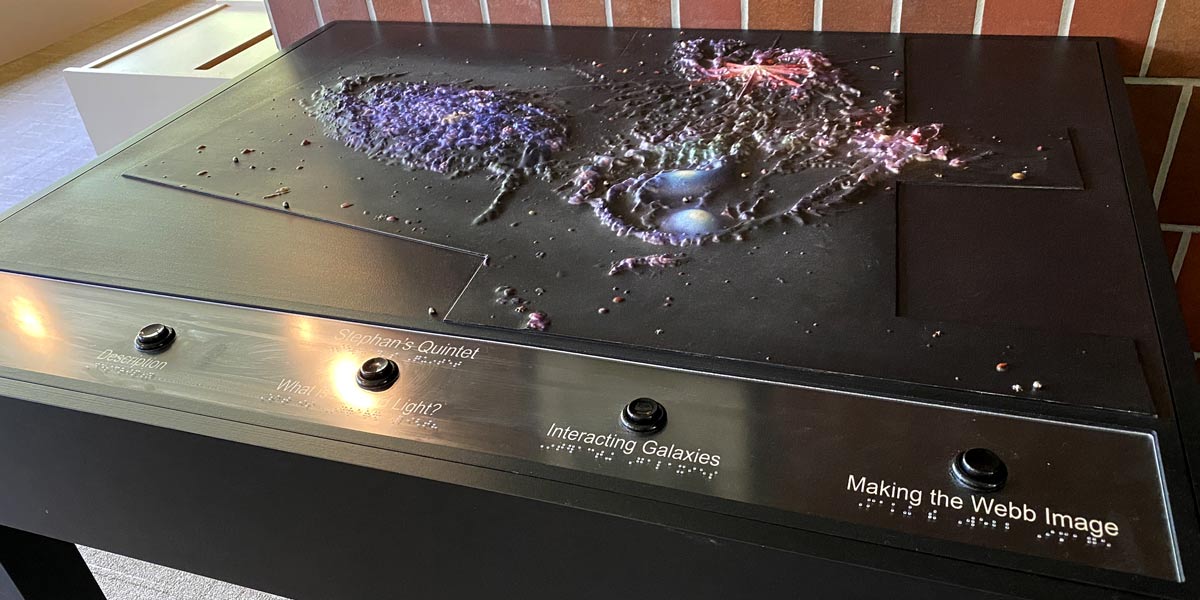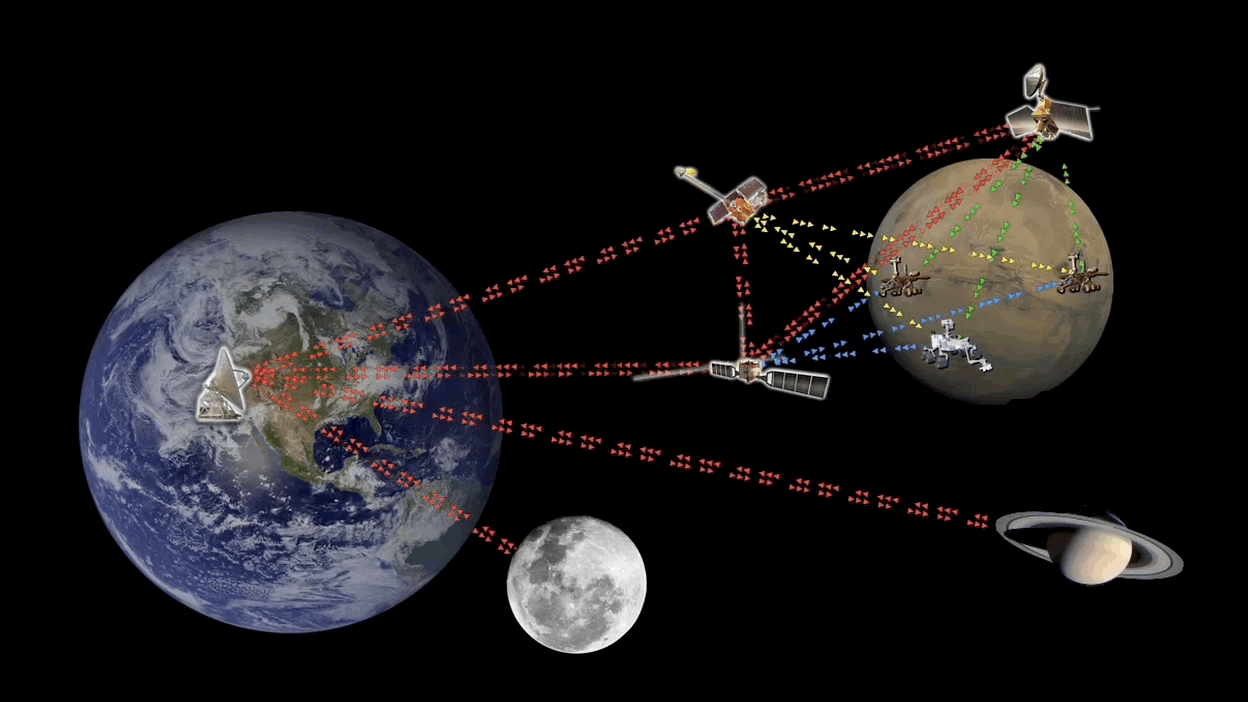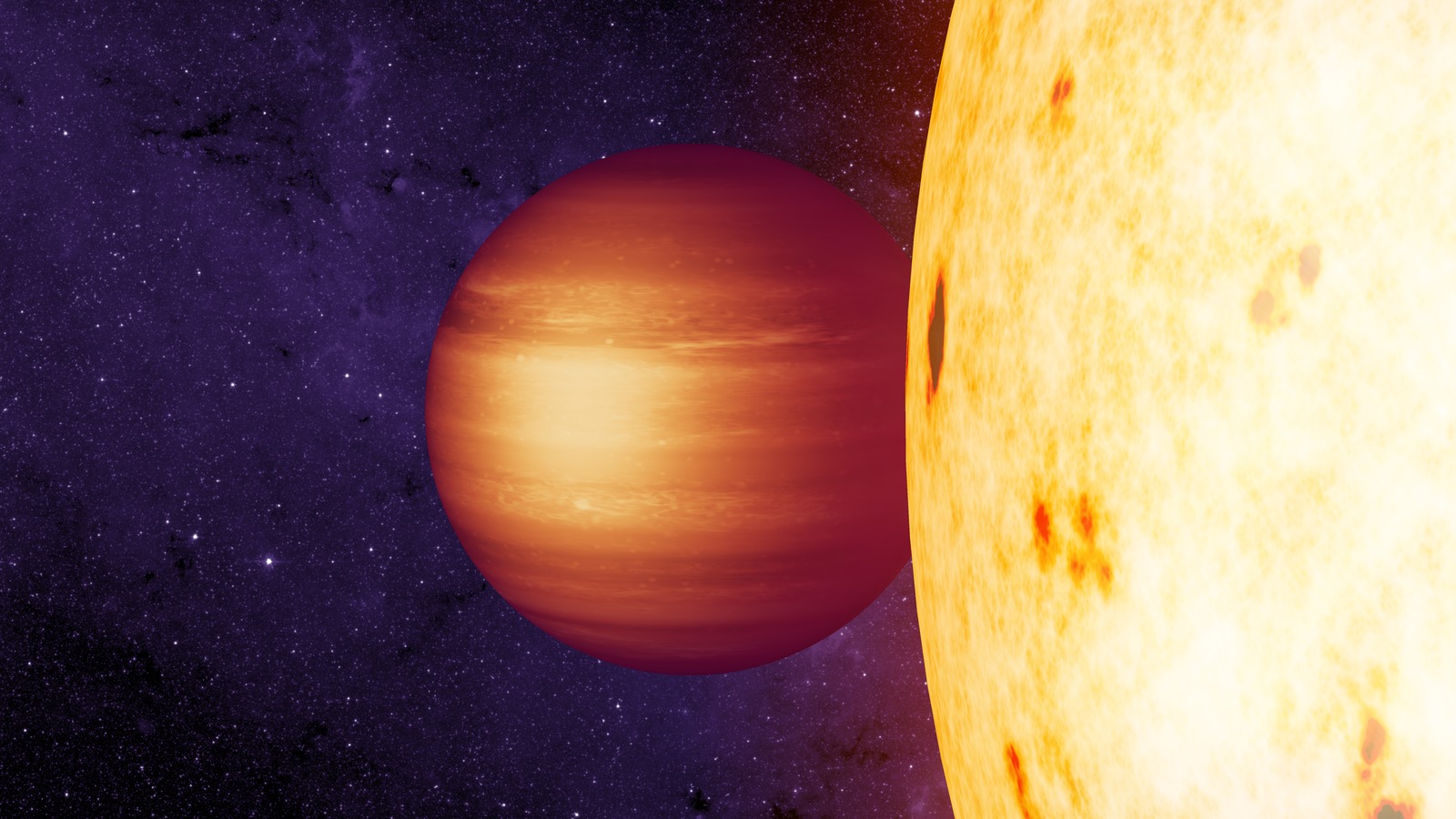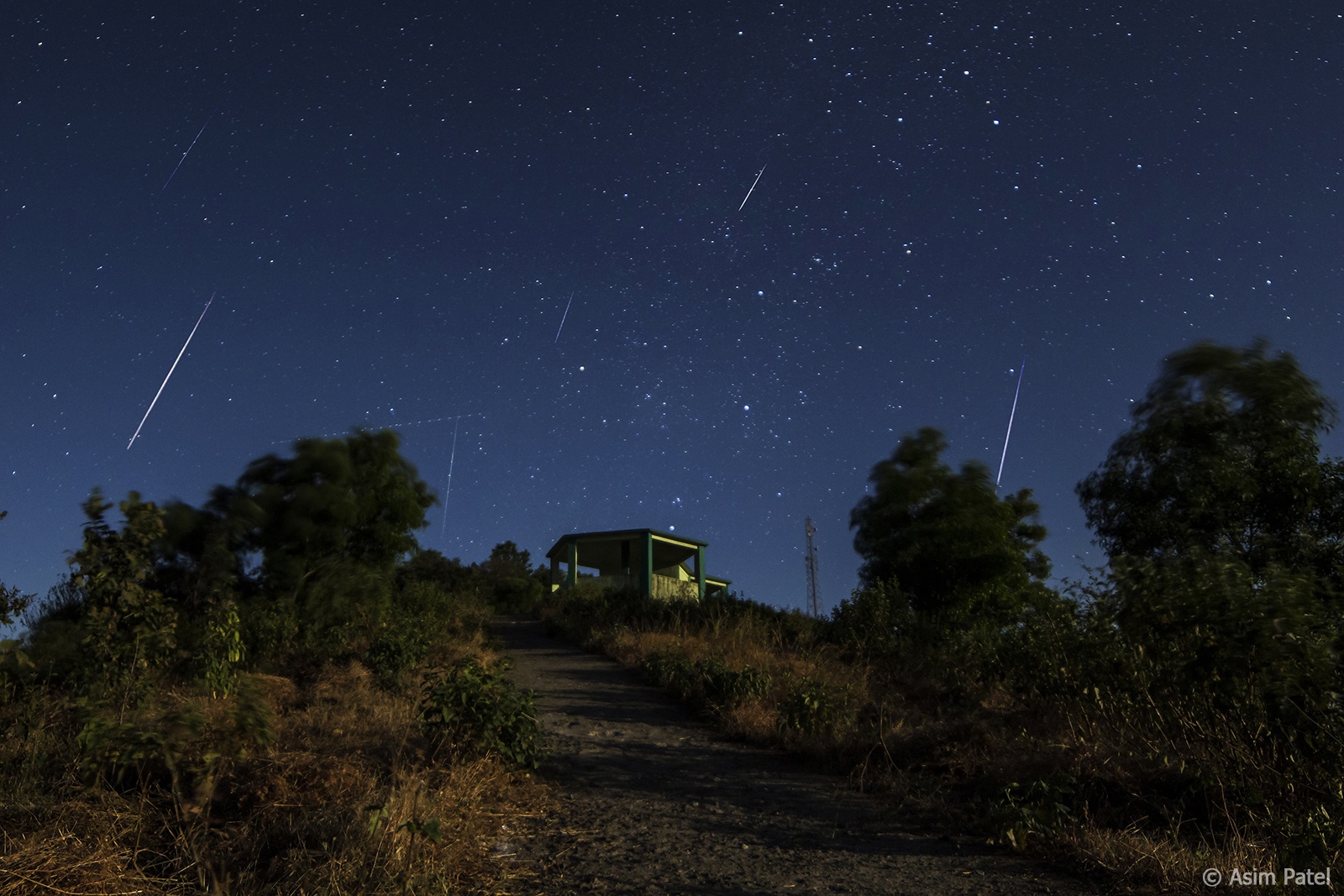One of the amazing benefits of modern astronomy is the wealth of astronomical images it gives us. From Hubble to Webb, new images appear online almost every day. They are powerful and beautiful, and so bountiful they are easy to take for granted. But those images aren’t for everyone. Whether you are visually impaired, color blind, or best process information auditorily or kinesthetically, astronomical images can be extremely limiting. Because of this, NASA’s Universe of Learning project is exploring how astronomy can be conveyed in multi-sensory ways.
Continue reading “Touch Galaxies and Listen to Black Holes. Now You Can Explore the Universe With Multiple Senses”Watching the Watchers With Nancy Grace Roman
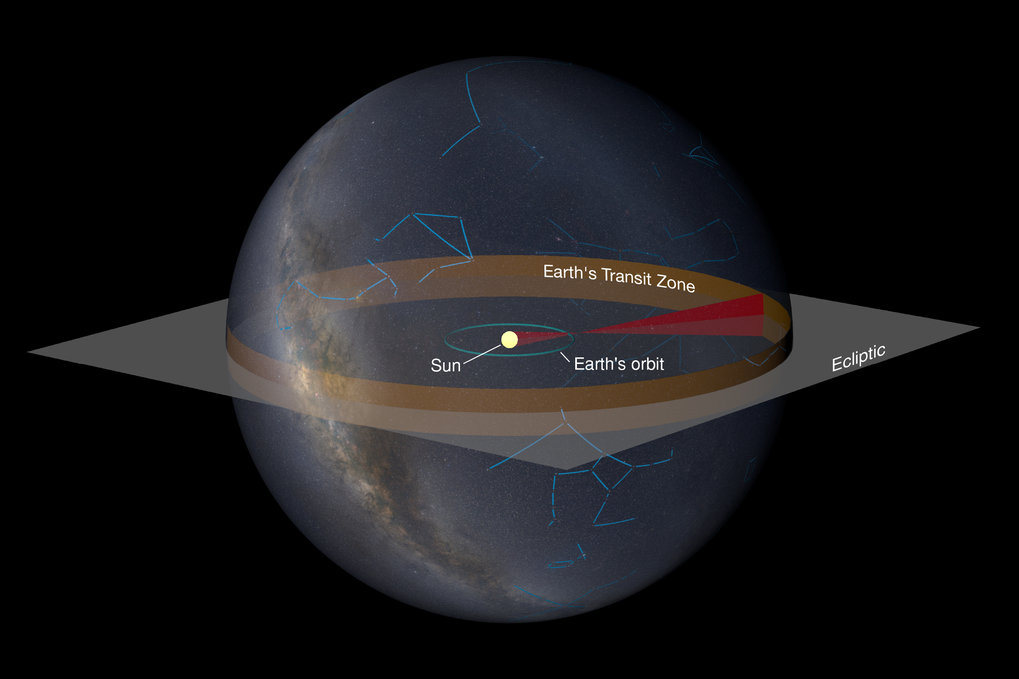
Astronomers are getting better at gathering data about exoplanets. We have discovered thousands of them, measuring their mass, size, and orbital parameters, and we are starting to measure other aspects such as their temperature and atmospheric composition. Of course, the big hope is that in time we will discover the presence of life on some of these distant worlds, and perhaps even find evidence of an alien civilization. And if there are aliens out there, it’s reasonable to assume they might be looking for us as well. A new study proposes one way we might find each other.
Continue reading “Watching the Watchers With Nancy Grace Roman”Another Key Amino Acid Found in Space: Tryptophan
Astrochemistry is the study of how molecules can form and react in space. Its roots trace back to the 1800s when astronomers such as William Wollaston and Joseph von Fraunhofer began identifying atomic elements from the spectral lines of the Sun. But it wasn’t until recent decades that the field began to mature.
Continue reading “Another Key Amino Acid Found in Space: Tryptophan”Extending Earth's Internet to Mars With Orbital Data Servers
You’ve done it. After years of effort and training, sacrifice, and pain, you become an astronaut and have finally set foot on Mars. Time to post your triumph on TikTok for that sweet social media cred. If only you can get a signal.
Continue reading “Extending Earth's Internet to Mars With Orbital Data Servers”There Could Be Captured Planets in the Oort Cloud
Our solar system has had a chaotic past. Earth and the other planets are now in stable orbits, but while they were forming they experienced drastic location shifts. Jupiter was likely much closer to the Sun than it is now, and its shift not only shifted other planets but also cleared the solar system of debris, tossing much of it to the Oort Cloud.
Continue reading “There Could Be Captured Planets in the Oort Cloud”Nancy Grace Roman Could Detect Supermassive Dark Stars
The first stars of the universe were very different than the stars we see today. They were made purely of hydrogen and helium, without heavier elements to help them generate energy in their core. As a result, they were likely hundreds of times more massive than the Sun. But some of the first stars may have been even stranger. In the early universe, dark matter could have been more concentrated than it is now, and it may have powered strange stellar objects known as dark stars.
Continue reading “Nancy Grace Roman Could Detect Supermassive Dark Stars”A Brown Dwarf is Getting Hit With So Much Radiation it's Hotter Than the Sun
Hot Jupiters are large gas planets that orbit their star closely. Unlike our Jupiter, which radiates more heat than it gets from the Sun, hot Jupiters get more heat from their star than from their interior. As a result, they can have a surface temperature of 1,000 K rather than the 160 K that Jupiter has. They are one of the more common types of exoplanets and the easiest type of exoplanet to discover.
Continue reading “A Brown Dwarf is Getting Hit With So Much Radiation it's Hotter Than the Sun”Parker Solar Probe Makes a Surprising Discovery About the Source of the Geminid Meteor Shower
If you’ve ever seen a meteor shower, you know it can be an amazing sight. You watch the skies as every few moments there’s a streak of light. Sometimes bright and in your field of vision. Sometimes starting just out of the corner of your eye. Although a meteor can occur at any time, they tend to appear at certain times of the year, such as the Perseids of August, or the Orionids of October.
Continue reading “Parker Solar Probe Makes a Surprising Discovery About the Source of the Geminid Meteor Shower”An Unfortunate Planet is Undergoing “Extreme Evaporation,” Melting Under the Extreme Heat From its Star
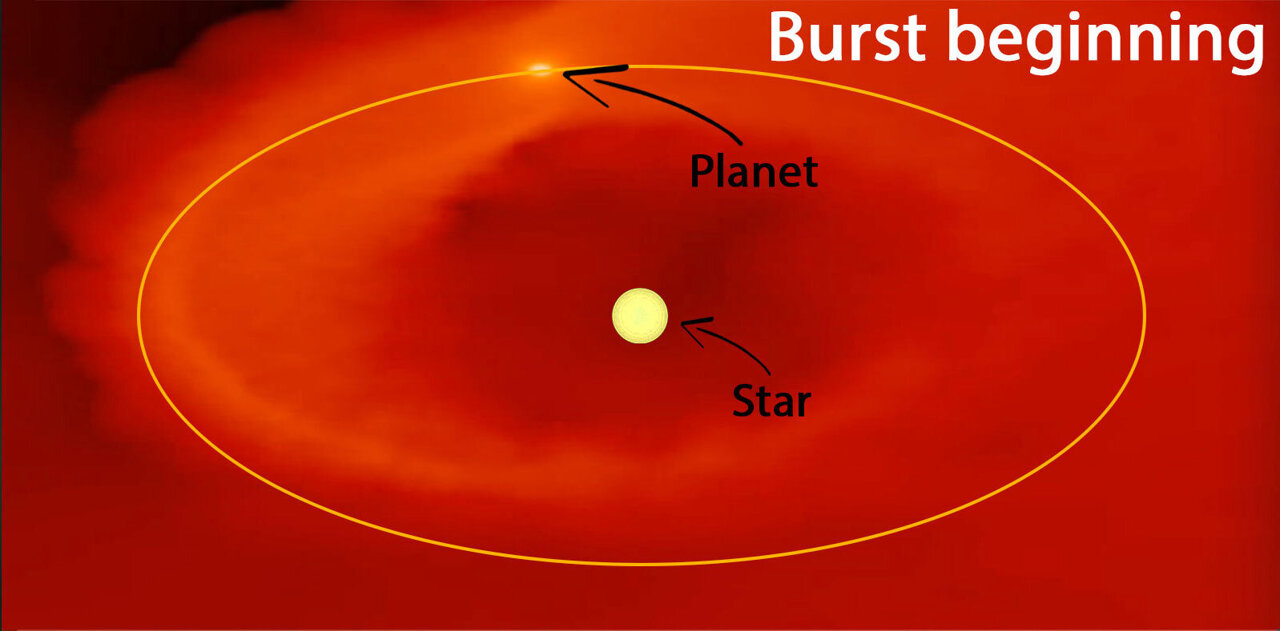
FU Orionis is an unusual variable star. It was first seen as a magnitude 16 star in the early 1900s, but in the mid-1930s it rapidly brightened to a magnitude 9 star. The rapid brightening of a star was not unheard of, but in this case, FU Orionis did not fade to its original brightness. Since 1937 it has remained around magnitude 9, varying only slightly over time. For decades the mysterious star was thought to be unique, but in the 1970s similar stars were observed, and are now known as FU Orionis objects. Astronomers still had no real idea what could cause such a dramatic change, but a new study argues that it could be caused by a dying young planet.
Continue reading “An Unfortunate Planet is Undergoing “Extreme Evaporation,” Melting Under the Extreme Heat From its Star”Astronomers Have Never Detected Merging Supermassive Black Holes. That Might Be About to Change

Gravitational wave astronomy currently can only detect powerful rapid events, such as the mergers of neutron stars or stellar mass black holes. We’ve been very successful in detecting the mergers of stellar mass black holes, but a long-term goal is to detect the mergers of supermassive black holes.
Continue reading “Astronomers Have Never Detected Merging Supermassive Black Holes. That Might Be About to Change”
